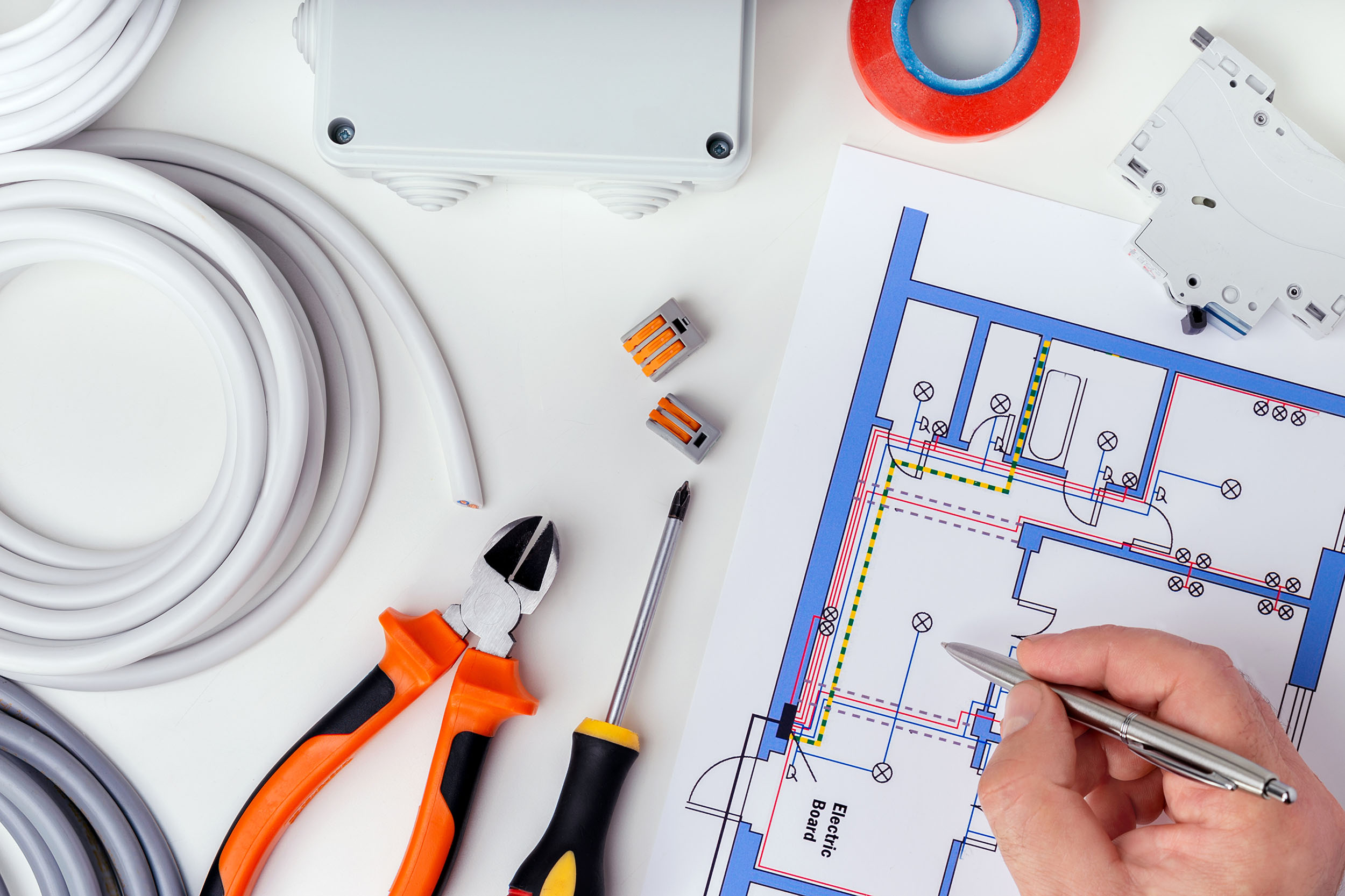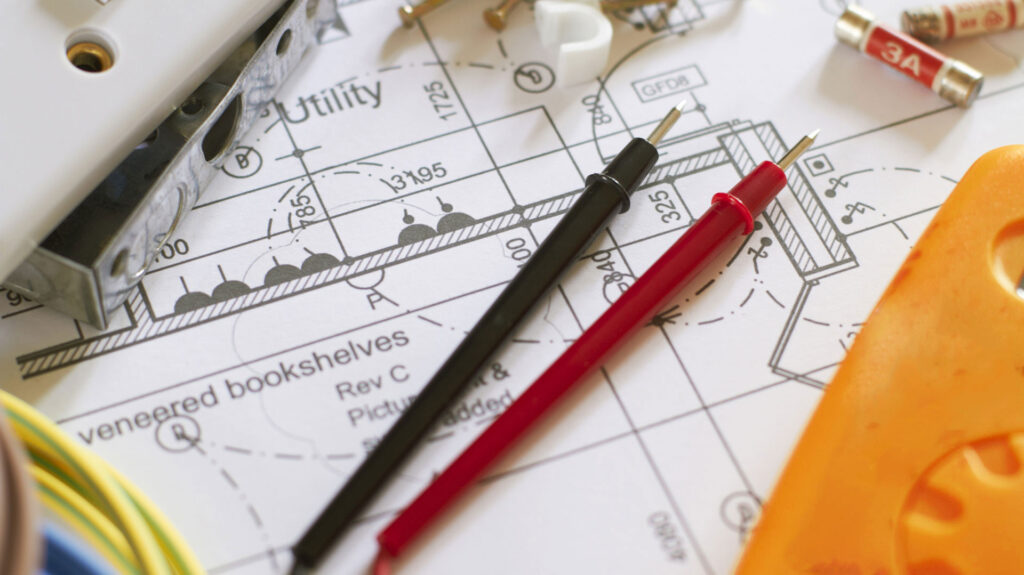
How to Estimate Electrical Work Accurately?
The world of electrical work is a dynamic space, where balancing competitive pricing with profitability is an art. In the United States, the electrician market boasts a significant $202 billion size, with a promising estimated 6% Compound Annual Growth Rate (CAGR) projected from 2021 to 2027, indicating a surge in demand.
Crafting precise estimates for electrical jobs is a pivotal skill that can determine the success of your business. It’s not just about tallying up materials, labour, and overhead costs; it’s about creating a bid that secures profit while remaining appealing to clients. Achieving this balance is key to winning contracts and fostering business growth.
Estimating electrical work, especially in new construction projects or large commercial service jobs, is a multifaceted process. It involves a meticulous examination of project details, including specific equipment, material quantities, and labour needs. Moreover, the pricing strategy plays a vital role in ensuring desired profit margins.

The challenge lies in creating bids that are comprehensive enough to cover expenses and business overhead, yet competitive enough to stand out among rivals and secure contracts. Achieving this balance involves honing the skill of accurately assessing project specifications, calculating precise quantities, and pricing bids strategically.
Success in the electrical contracting business hinges on mastering the delicate art of estimation. It’s about navigating through the complexities of the industry while keeping an eye on both competitiveness and profitability. A successful bid isn’t just about numbers; it’s about a calculated balance that not only wins contracts but also ensures your business thrives in a competitive market.
Our guide simplifies electrical estimating steps for accuracy. It’s for contractors, managers, and electricians, providing a modern workflow to save time and improve precision in estimates.
How to do electrical estimating?
Check out our electrical estimating guide, where we outline the strategies in detail.
1) Review electrical job specifications
Understanding project details before estimating is crucial. Review bid requests thoroughly, noting unique requirements like insurance, warranties, and state regulations. Consider pacing, project duration, and material supply arrangements’ impact on costs. Billing structures also influence pricing strategy. Lastly, ensure electrical pricing aligns precisely with job specifications outlined in RFPs for accurate estimates.
2. Analyse drawings
Analysing blueprints for electrical projects is essential. These drawings offer insights into material needs, potential challenges, and technical aspects like HVAC and plumbing systems. Assessing these details impacts costs and requirements for both residential and commercial projects. Neglecting the drawings leads to inaccurate estimates and future issues. Reviewing plans is crucial too. Contractors must consider unique design features affecting wiring needs, ensuring accuracy in estimations.
Automated takeoff software simplifies the counting process, providing detailed breakdowns of symbols and quantities across the project. These sheets serve as valuable references for transparent estimations when discussing figures with managers or clients.
3. List the materials that are required
Performing a material takeoff is like crafting a shopping list for your project’s needs. It involves meticulously examining the blueprints to compile a comprehensive inventory of required materials and quantities.
From light fixtures to switches and electrical wiring, the material takeoff sheet details everything needed for the job. This breakdown forms the basis for calculating individual material prices and the total cost for materials and electrical wiring. This detailed document becomes your go-to reference, as it includes essential materials and their pricing, integral for crafting an accurate estimate.
4. Determine labour costs
Calculating labour costs in electrical contracting involves assessing hours needed, payment preferences (hourly or fixed), and totaling earnings based on estimated hours. Accounting for overtime and potential damages ensures an accurate labour cost estimation, enhancing credibility in your electrical estimate. Understanding payment structures for employees or subcontractors is vital for a detailed and credible estimate.
5. Check the Material Costs
Determining material costs is crucial for an accurate electrical project estimate. Listing materials like fixtures, breakers, outlets, switches, and panels helps reduce confusion and ensures project success.
After tallying material counts, calculating costs accurately is key. Updating material pricing regularly is a challenge for many contractors. Using software like ServiceTitan’s electrical pricebook streamlines this process by integrating with supplier catalogues, ensuring up-to-date pricing for each estimate. This minimises errors in material pricing and bids, making management and updates much easier.
6. Decide your profit margin and add a markup
Determining your profit margin is crucial—it’s the money you earn after covering all job expenses like materials and labour.
- Your markup, on the other hand, is the amount you take home after applying your profit margin.
- If your target profit margin is 15%, use this formula to find your markup:
- (Combined costs of hourly rate, material, and overhead) x 0.15 = your markup
- Add this markup to your cost estimate to get the final price for the electrical work.
- Alternatively, tools like Jobber’s electrical estimating calculator can help calculate the total cost for your electrical job.
7. Include Your Taxes
Many businesses overlook taxes when estimating costs. It’s essential to factor in business taxes within your cost estimation or separately on the invoice. If included in your quote, calculating the taxes for a single job boosts accuracy. This ensures tax inclusions in estimates and invoices, avoiding omissions and enhancing cost estimation precision.
8. Decide your profit margin and add a markup
Once you’ve calculated the total task cost, factor in a suitable profit markup. Align these markups with industry standards in your area. Additionally, consider your business overheads like insurance and transportation when forming your estimate.
Focus on a profit percentage that sustains your electrical service business without risking losses. Aim for profit margins within the standard rates of your industry, typically around 20-30% after covering overall business expenses.
Carefully balancing profit margins within your estimating system helps scale your business and provides competitive estimates, securing both profitability and growth.
9. Draft your proposal
Creating your proposal is integral to the bidding process. Once you have your total sale price, craft a detailed proposal. Describe everything included and excluded in your estimate clearly. Use consistent language from the project specifications to build trust and prevent future disputes.
Additionally, here are some key factors to consider while developing your proposal:
|
How UD Bid estimating helps streamline electrical estimating and project management
UD Bid estimating offers valuable support to contractors in electrical estimating and project management. This specialised service is tailored for HVAC, plumbing, and electrical contractors, providing features designed specifically to streamline their construction management processes.
Through UD Bid estimating, contractors can benefit from construction management features that cater to the unique needs of the electrical industry. These tools facilitate precise estimating and efficient project management for better workflow and optimised operations.

